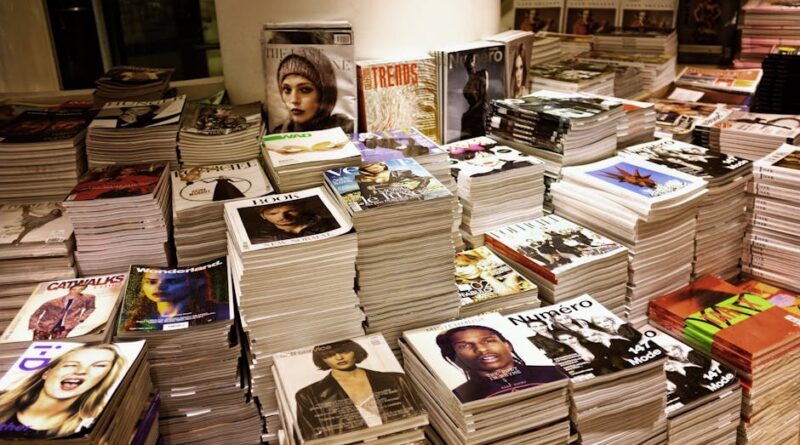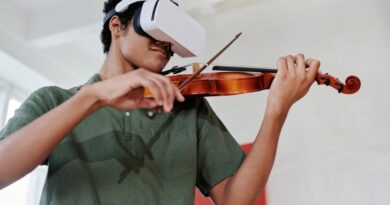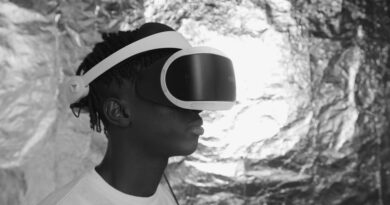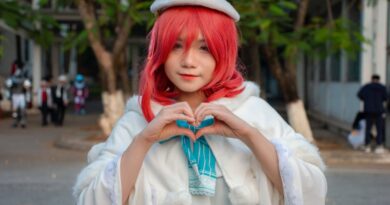Exploring the Future: Art Education Trends for 2025
Art education is evolving rapidly, shaped by technological advancements, changing societal needs, and innovative teaching methodologies. As we look ahead to 2025, it’s crucial to analyze the emerging trends that will define the landscape of art education in the coming years. What will art classrooms look like? How will students engage with creative processes? What role will technology play in shaping artistic expression?
In this comprehensive guide, we will delve into the most significant trends that are set to revolutionize art education by 2025. From the integration of virtual reality to the emphasis on interdisciplinary learning, these developments will not only empower students to explore their creativity but also equip them with the skills needed to thrive in a rapidly changing world. Let’s embark on a journey to uncover the future of art education.
The Rise of Virtual Reality in Art Education

One of the most exciting trends in art education is the integration of virtual reality (VR) technology. By 2025, virtual reality will become a ubiquitous tool in art classrooms, allowing students to immerse themselves in interactive art experiences. Imagine a student being transported to the Louvre in Paris or exploring the depths of the ocean through a VR headset. These immersive experiences will revolutionize the way students engage with art, providing them with new perspectives and insights that were previously inaccessible.
VR technology will also enable students to experiment with different artistic techniques in a virtual environment, without the constraints of physical materials. This hands-on approach to learning will foster creativity and innovation, as students can manipulate digital tools to bring their ideas to life. Additionally, VR will democratize access to art education, making it more inclusive and equitable for students from diverse backgrounds.
Interdisciplinary Learning and STEAM Integration
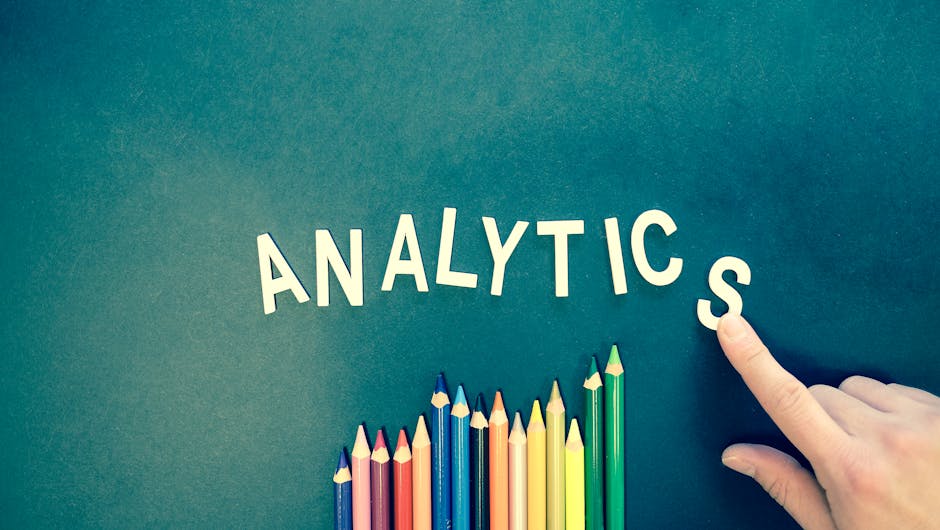
Art education in 2025 will move beyond traditional boundaries, embracing interdisciplinary approaches that blend art with science, technology, engineering, and mathematics (STEM). The integration of art into the STEM curriculum, known as STEAM, will emphasize the importance of creativity and design thinking in problem-solving.
Students will engage in cross-disciplinary projects that combine art with robotics, coding, and environmental science, fostering collaboration and innovation. By breaking down silos between disciplines, art education will equip students with the skills needed to address complex challenges in the 21st century. The STEAM approach will nurture critical thinking, communication, and creativity, preparing students for a future where interdisciplinary expertise is valued.
Personalized Learning and Adaptive Technology

With the advent of artificial intelligence (AI) and machine learning, art education in 2025 will become more personalized and adaptive. AI-powered tools will analyze students’ learning preferences, strengths, and challenges, creating tailored lessons that cater to individual needs. Teachers will be able to track students’ progress in real-time and provide targeted feedback to enhance their artistic development.
Adaptive technology will also revolutionize the assessment process, moving away from traditional standardized tests towards more authentic and performance-based evaluations. Students will showcase their artistic skills through digital portfolios, multimedia presentations, and interactive exhibitions, demonstrating their creativity and growth over time. This shift towards personalized learning will empower students to take ownership of their artistic journey and develop a deep sense of self-expression.
Global Perspectives and Cultural Exchange
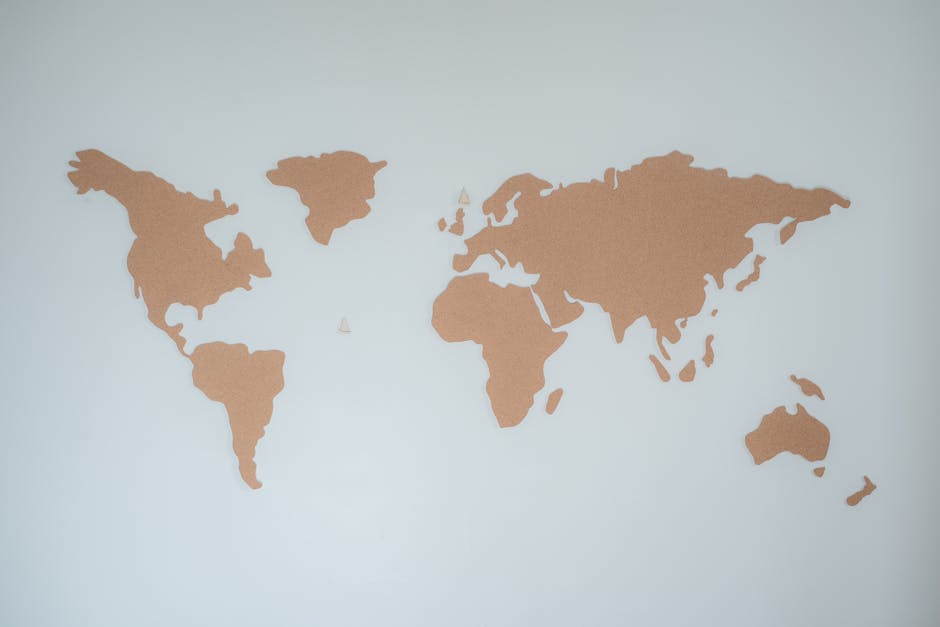
Art education in 2025 will emphasize global perspectives and cultural exchange, encouraging students to explore diverse artistic traditions and heritage. Through virtual collaborations with artists from around the world, students will gain a deeper understanding of different cultures and artistic practices. These cross-cultural exchanges will foster empathy, tolerance, and respect for diversity, shaping students into global citizens who appreciate the richness of cultural diversity.
International art exchanges, artist residencies, and virtual exhibitions will enable students to showcase their work on a global stage, connecting with peers from different backgrounds and experiences. By embracing global perspectives, art education will break down barriers and promote intercultural dialogue, paving the way for a more inclusive and interconnected artistic community.
Sustainability and Environmental Consciousness
In response to the growing climate crisis, art education in 2025 will prioritize sustainability and environmental consciousness. Students will explore the intersection of art and sustainability, creating artwork that raises awareness of environmental issues and promotes eco-friendly practices. From recycled art projects to installations that highlight the impact of climate change, students will use their artistic skills to advocate for a more sustainable future.
Art classrooms will become eco-friendly spaces, incorporating recycled materials, renewable energy sources, and green technologies. Students will learn about the environmental footprint of art materials and techniques, exploring alternative practices that minimize waste and pollution. By instilling a sense of environmental responsibility in students, art education will empower the next generation of artists to create positive change in the world.
Empowerment Through Social Justice Art
Art education in 2025 will be deeply rooted in social justice and activism, empowering students to use art as a tool for social change. Through projects that address issues such as racial inequality, gender discrimination, and human rights violations, students will explore the power of art to challenge injustice and advocate for marginalized communities.
Social justice art will foster empathy, solidarity, and activism, encouraging students to become advocates for positive social transformation. By amplifying diverse voices and perspectives, art education will promote equity and inclusion, creating a platform for marginalized communities to share their stories and experiences. Through art, students will engage in critical conversations about social issues and work towards building a more just and equitable society.
Investing in Digital Literacy and Media Literacy
As digital technologies continue to shape the artistic landscape, art education in 2025 will prioritize digital literacy and media literacy skills. Students will learn how to navigate digital tools and platforms, create multimedia artwork, and engage with online communities. From digital painting software to video editing programs, students will develop proficiency in a wide range of digital tools that enhance their artistic practice.
Media literacy will also be a key focus, as students learn how to critically analyze and deconstruct visual media in the digital age. By examining the impact of digital imagery, advertising, and social media on artistic expression, students will develop a nuanced understanding of the role of media in shaping public perception. These skills will empower students to create informed and meaningful artwork that resonates with contemporary audiences.
Expert Opinions: Insights from Art Educators
To gain further insights into the future of art education, we spoke to several art educators and experts in the field. Dr. Sofia Martinez, a professor of art education, emphasized the importance of integrating technology into art curriculum to enhance student engagement and creativity. “By embracing virtual reality and digital tools, we can create immersive learning experiences that inspire students to explore new artistic horizons,” she stated.
Dr. Jamal Singh, a leading researcher in STEAM education, highlighted the benefits of interdisciplinary learning in art classrooms. “Through STEAM integration, students develop a holistic understanding of art and its connections to other disciplines, preparing them for a future where innovation and collaboration are essential,” he explained.
Conclusion: Embracing the Future of Art Education
As we look towards 2025, it is evident that art education is undergoing a profound transformation, driven by technological advancements, interdisciplinary approaches, and a commitment to social justice. The trends outlined in this guide represent a shift towards a more inclusive, engaging, and impactful art education system that equips students with the skills needed to thrive in a rapidly changing world.
By embracing virtual reality, interdisciplinary learning, personalized instruction, global perspectives, sustainability, social justice, digital literacy, and media literacy, art education in 2025 will empower students to explore their creativity, express their unique perspectives, and contribute to positive social change. As educators, policymakers, and stakeholders, it is our collective responsibility to nurture the next generation of artists and creatives who will shape the future of art and society.
As we embark on this journey towards a more innovative and inclusive art education system, let us remember the words of Pablo Picasso, who famously said, “Every child is an artist. The problem is how to remain an artist once we grow up.” Let us cultivate a nurturing environment where creativity flourishes, imagination soars, and art becomes a powerful force for positive transformation.

